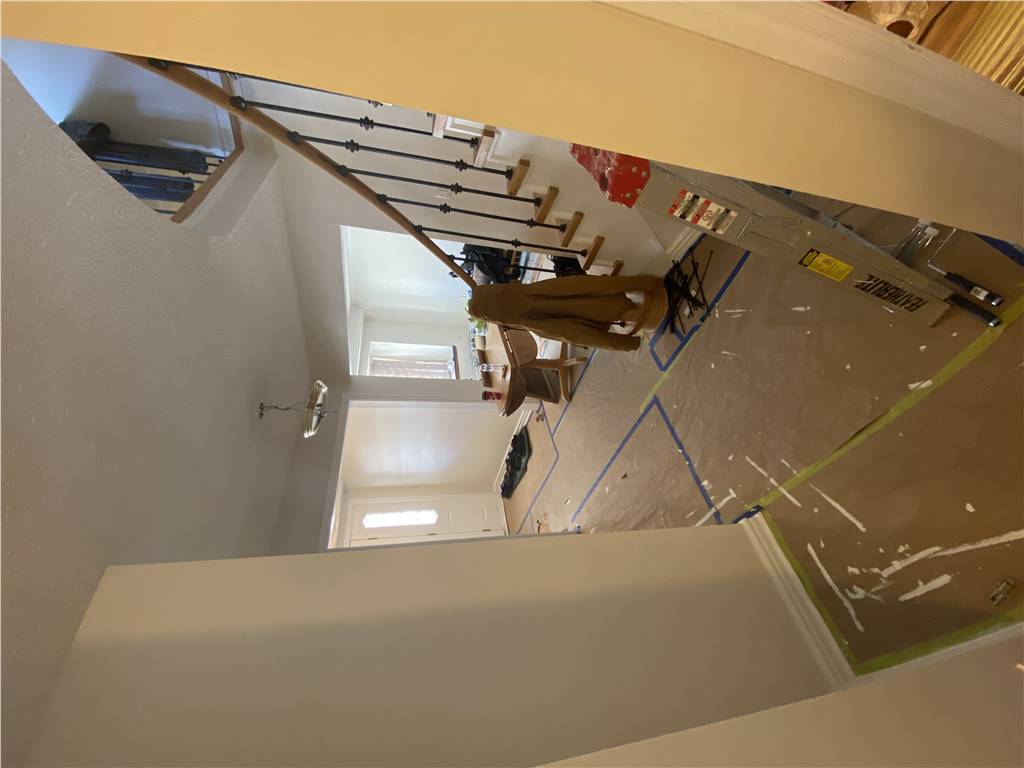
How to close a hole in the wall before painting
Occurring in your home for any reason; You don’t need to be a painter to repair cracks, dents and holes in the wall. In this article, we have listed the methods and materials that you can apply practically for wall hole closing or wall crack repair.
Closing Holes in the Wall
According to the size of the crack or hole in the wall, you need to use the right material. Now, let's move on to wall hole sealing methods for different types of cracks and holes. The most important point to be considered in the process of closing the holes in the wall with plaster; is to use the right plaster. Satin plaster is used for superficial, thin, capillary, cracks.
- Gypsum plaster is used for hand or fist sized cracks and holes. Gypsum plaster is ideal for large cavities, it is thicker and rougher than satin plaster.
- Satin plaster; It is smoother and thinner. Therefore, it is used as a finishing plaster before paint or primer.
Hole Closure with Plaster
If you are going to cover the hole in the wall with plaster, you must first prepare the plaster and get its consistency. Wall crack repair, wall hole closing or repairing wall crack with plaster; It is a little more troublesome than ready-made putty.
However, if the area you are going to repair is large, it will be more economical. For this reason, satin plaster is often used, especially for nail hole sealing and wall cracks.
- Satin plaster has no resistance to water and moisture. Therefore, only use plaster for interior wall crack repair. Here we need to specify the difference between satin plaster and gypsum plaster.
- Satin plaster is a much thinner plaster type. It is used in surface repairs. Gypsum plaster is for more filled works. For example; satin plaster is suitable if the wall surface has peeled off or small holes have formed in the wall. Satin plaster is a finishing plaster made to obtain a smoother floor.
- Gypsum plaster is a plaster used to fill gaps approximately the size of a fist or larger. After the gypsum plaster has dried, you can use satin plaster on it to get a smoother surface.
For small holes and cracks in the wall, you can use satin plaster. Gypsum is prepared with water and should have the consistency of putty. Press and apply to the surface to be repaired.
-
For a smooth floor, you can finely sand the plaster after it dries. (Sample sandpapers: 120, 150, 180 numbers. Mostly 180 is used.)
Wall Nail Hole Closure
For wall nail hole closure, satin plaster and ready putty are mostly used. Wall hole sealing putty is similar to satin plaster. It is quite simple to use. It is sold in tubes or cans like toothpaste.
Ready-made putties are durable and easy-to-apply materials that can be used indoors or outdoors. All you have to do is open the box and apply it to the broken, hole, cracked wall with the help of a putty knife.
- After the ready putty dries, you can make a fine sandpaper on it for a smooth surface. (Sample sandpapers: 120 no.150 no.180 no.)
- If synthetic paint is to be applied on the repaired wall, synthetic putty is used. If water-based paint is to be made, water-based putty is used.



